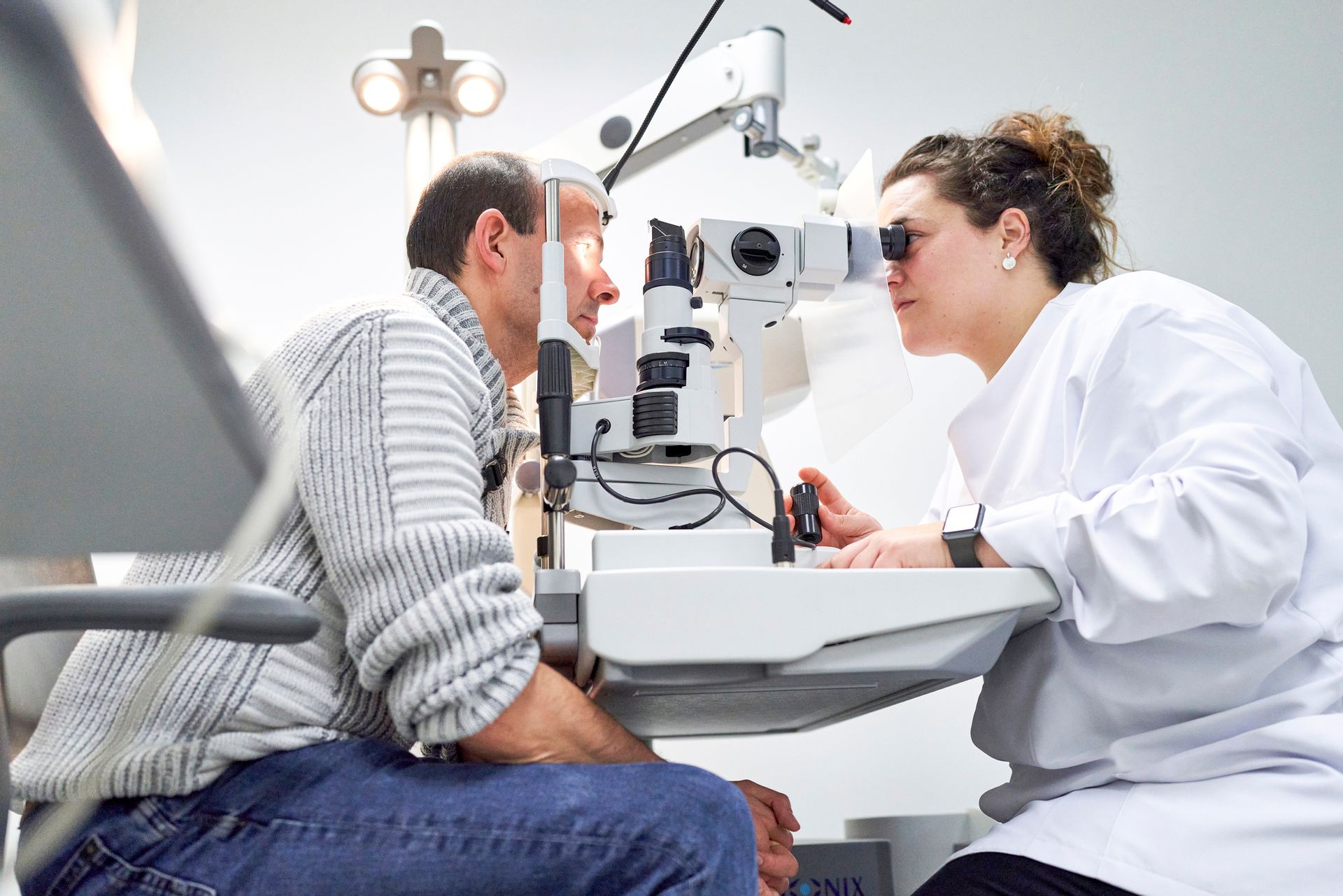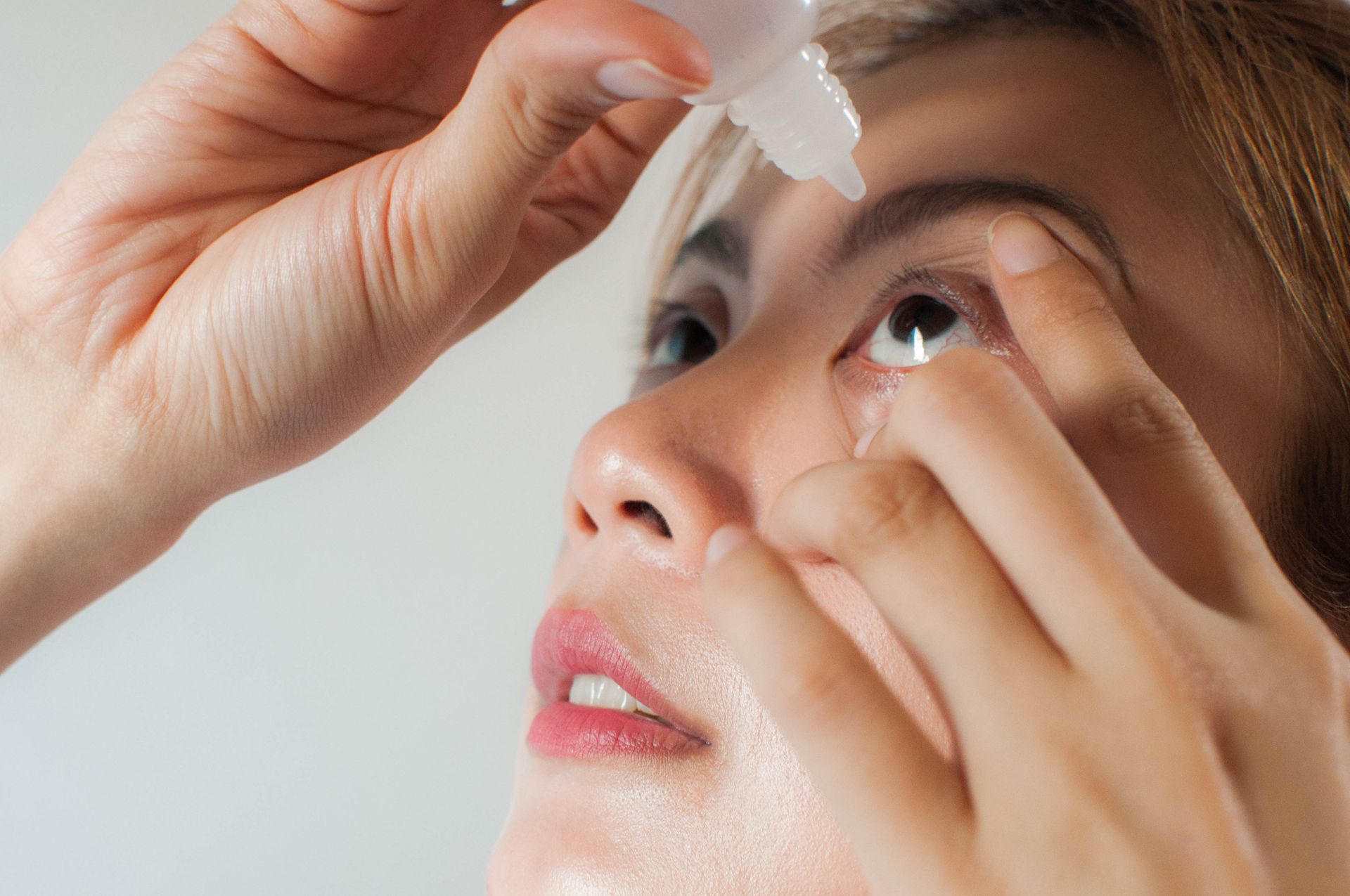Keratoconus Treatment Options Worth Considering
- By Admin
- •
- 11 May, 2023
- •
If you have keratoconus, you may struggle with vision that grows increasingly worse. In this condition, the normal spherical curvature of the cornea starts to bulge forward in a cone-like configuration. Since the cornea directs the way incoming light reaches the retina, this deformation causes severe astigmatism and nearsightedness.
Fortunately, you don't have to let keratoconus destroy your vision, thanks to a variety of sophisticated modern techniques to treat the condition. Take a look at the main treatment options currently available so you can discuss them knowledgeably with a skilled ophthalmologist.
Specialized Contact Lenses
Many milder or earlier-stage cases of keratoconus respond well to certain kinds of corrective lenses. Contact lenses do a better job of correcting for keratoconus than eyeglasses. Even so, your ophthalmologist may need to fit you for specialized contacts designed specifically to compensate for corneal bulging.
Although ordinary soft contacts can't provide the necessary correction for keratoconus, some manufacturers have developed custom soft contacts that could improve your vision dramatically. More commonly, ophthalmologists recommend rigid gas-permeable contacts that maintain a constant, fixed curvature.
Scleral contacts don't make contact with the corneas at all. Instead, they vault completely over the corneas, with their edges
resting on the whites of the eyes. If you find these rigid contacts uncomfortable, you may opt for hybrid contacts that have soft edges. You can even piggyback rigid contacts on top of soft contacts.
Corneal Cross-Linking
Contact and intracorneal ring segments can improve your vision if you have keratoconus, but they can't do anything to stop the keratoconus from progressing as the corneal tissues continue to weaken. If you want to slow or stop this progression, ask your ophthalmologist about a treatment known as corneal cross-linking.
Corneal cross-linking gets its name from the way it strengthens the corneas. The ophthalmologist applies a combination of ultraviolet light and eye drops containing a B vitamin called riboflavin to the corneas. This combination helps the connective tissues in corneas create new links to each other, reinforcing the corneal tissues.
As part of the corneal cross-linking procedure, your ophthalmologist will temporarily remove or loosen the outer tissue layer of your corneas. This won't hurt since you'll receive a topical anesthetic beforehand. However, you may experience some discomfort and temporary worsening of vision during your recuperation.
Intracorneal Ring Segments
If your keratoconus has so far produced only moderate nearsightedness or astigmatism, you may want to implant intracorneal ring segments in your corneas. In this quick, minimally invasive procedure, the ophthalmologist makes tiny cuts in the corneas and inserts a pair of semi-circular translucent rings through the cuts.
The intracorneal ring segments can help flatten the contours of your bulging corneas. This effect should improve your vision, although you might still need to wear corrective lenses. The procedure only takes a few minutes to complete. If you decide to switch to a different treatment strategy, your ophthalmologist can remove the segments.
Corneal Transplantation
If severe keratoconus resists your best efforts to control the condition through conservative measures, you might need corneal transplantation surgery. This option also makes sense if a previous keratoconus treatment created complications that infected or scarred the corneal tissues.
Your eye surgeon may remove and replace the entire thickness of the cornea or keep the rear layer of the cornea in place. Modern surgical lasers make corneal transplantation quicker and more precise than ever before. Hair-thin sutures hold the grafted cornea in place securely and invisibly.
Calvert Ophthalmology Center can evaluate your keratoconus to determine its severity and recommend the most sensible treatment approach for your individual needs, from contact lenses to surgery. Contact our team today to schedule an appointment at any of our three ophthalmology offices.











